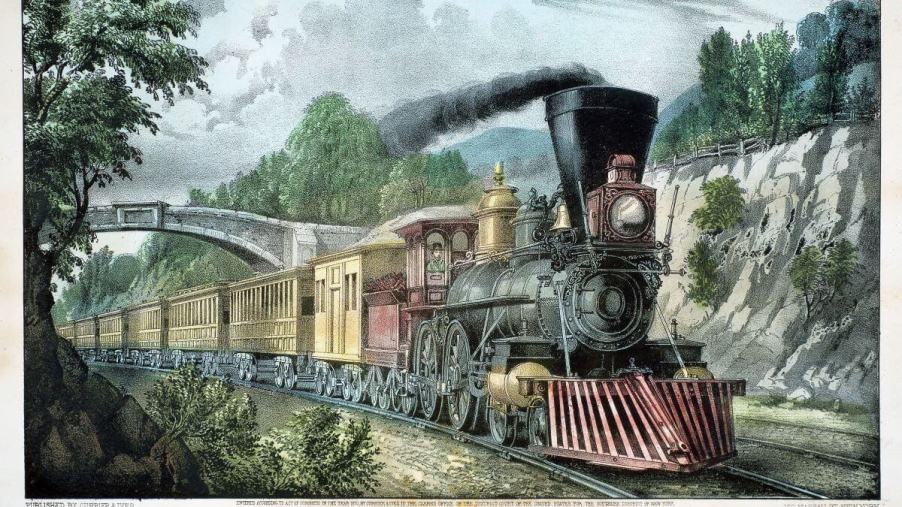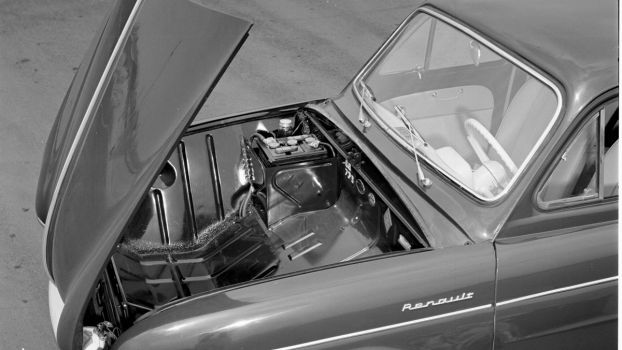
What Is the Giant Bumper on the Front of a Locomotive Called?
Today, we’re exploring a different realm – the world of trains, specifically locomotives. Have you ever observed the large grille accessory at the front of a locomotive and wondered what it is? Let’s discuss the cowcatcher name, its purpose, and its evolution through the years.
A brief history of the cowcatcher
The term “cowcatcher” originated in the 19th century when railroads were expanding rapidly across the United States. While it’s true this contraption’s name came about due to its purpose of ‘catching’ stray cattle off the tracks, it also played a crucial role in the safe operation of early steam-powered locomotives.
To take a brief trip down the memory tracks, the cowcatcher first made its appearance in the 1830s. According to Moving North Carolina, these devices were initially implemented to avoid train derailments due to cattle and other livestock wandering onto the tracks.
Original intention and use
The primary purpose of the cowcatcher was to sweep aside animals, debris, or objects obstructing the tracks and prevent them from damaging the locomotive. By extending beyond the locomotive’s frame, the cowcatcher provided a buffer zone and reduced the chances of the locomotive derailing when it encountered an obstacle. It was especially useful in rural areas where livestock often roamed freely.
Variations and additional functions
Over time, the cowcatcher underwent various design changes and adaptations to suit different environments and operational requirements. In colder climates, locomotives were equipped with modified cowcatchers that could also serve as snowplows. These cowcatchers had a wedge-shaped design to push snow away from the tracks.
In urban areas with a higher risk of encountering pedestrians, cowcatchers were modified with vertical bars or chains. These modifications prevented individuals from getting caught underneath the locomotive in case of an accident, effectively serving as a safety feature.
The modernized cowcatcher, AKA the pilot
In recent years, the traditional cowcatcher has been replaced by a more streamlined and functional feature known as the pilot. The pilot is designed to enhance the aerodynamics of the locomotive while still serving its purpose of pushing aside obstacles on the tracks. Unlike the protruding cowcatchers of the past, the pilot is integrated into the locomotive’s front structure, creating a smoother profile and reducing air resistance.
The modern pilot is usually made of durable materials, like steel or reinforced fiberglass, capable of withstanding impacts and protecting the front end. It is designed to deflect objects rather than scoop them up.
From a safety device to the streamlined pilot
The cowcatcher, also known as the pilot, has a rich history and has played a crucial role in the development and safety of trains. Originally designed to protect locomotives from collisions with animals and debris, the cowcatcher has evolved to serve additional functions such as snowplowing and pedestrian safety. With its integrated and streamlined design, the modernized pilot enhances the locomotive’s aerodynamics while maintaining its protective capabilities. As locomotive technology advances, we can expect further improvements in the design and functionality of these essential features.




